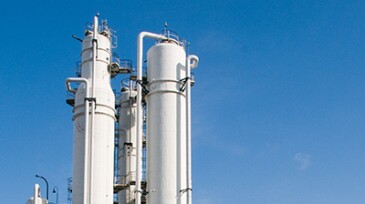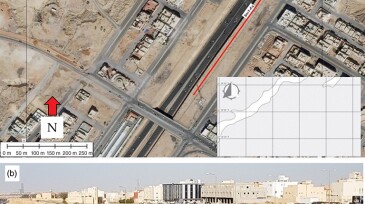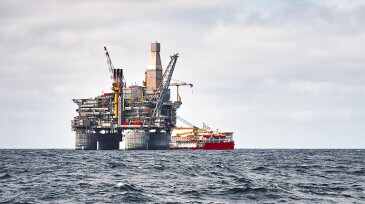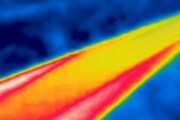DSDE: In Practice
-
The authors describe an approach to achieve reliable estimation of field gas initially in place.
-
A field test conducted by Yokogawa Electric and JSR resulted in a chemical plant being run autonomously for the first time by artificial intelligence for 35 days.
-
The authors of this paper present a method for prediction of sucker-rod-pump failure based on improved, completely connected perceptron artificial neural networks.
-
The paper describes a project automating the progressing-cavity-pump well-modeling process wherein models are built and sustained automatically in a well-management system for all active PCP wells.
-
The authors describe an integrated multiscale data methodology involving machine-leaning tools applied to the Late Jurassic Upper Jubaila formation outcrop data.
-
The authors describe a logging-while-drilling nuclear-magnetic-resonance method applied in Bohai Bay, China, as an alternative to radioactive source-porosity measurements.
-
In this work, a methodology to detect interference from long-term pressure and flow-rate data is developed using multiresolution analysis in combination with machine-learning algorithms.
-
This paper describes an integrated work flow developed for 3D seismic reservoir characterization of deep and thin layers without sufficient well data in a South China Sea formation.
-
Two well-test logging operations have been carried out for the first time in a conventional carbonate reservoir in safe operating conditions and with repeatable results.
-
The machine-learning techniques applied aim to deliver a prediction model based on both simulation and real-time field data. The model tracks and monitors system key performance indicators.
Trending Now on DSDE
Stay Connected
Don't miss out on the latest technology delivered to your email every 2 weeks. Sign up for the DSDE newsletter.














